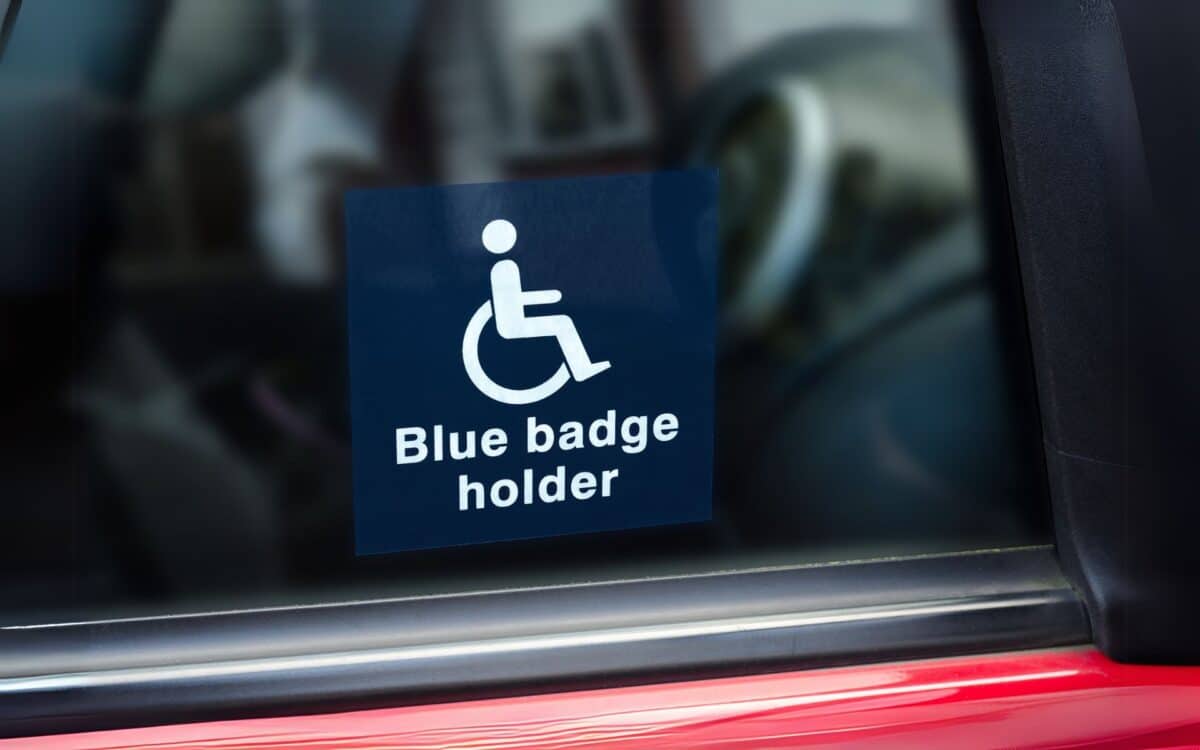A growing number of incidents involving Blue Badge misuse has raised concerns among local councils and transport authorities. What might appear to be minor or unintentional infractions are, in reality, contributing to a wider pattern of abuse that undermines the purpose of the scheme.
According to a report by Manchester Evening News, violations range from improper use by family members to fraudulent applications and expired badge display.
While the Blue Badge is designed to support individuals with serious mobility issues, a lack of clarity around its proper use has led to costly mistakes—some carrying penalties of up to £1,000.
Blue Badge Misuse on the Rise
According to the RAC, reports of Blue Badge theft and abuse have grown by over 1,000% since 2016. This increase reflects both heightened enforcement and widespread confusion over how and when the badge may legally be used.
The figures underline the scale of the issue, with fraudulent use undermining the scheme’s purpose of supporting those with serious mobility issues.
The Blue Badge scheme offers significant parking benefits, including access to free parking in council-run pay-and-display bays and the ability to park on single or double yellow lines for up to three hours, provided it does not create an obstruction.
However, holders must respect a number of restrictions. Blue Badge users are not allowed to park in loading bays, taxi ranks, permit-holder-only zones, pedestrian crossings, school ‘keep clear’ markings, or areas with double white lines.
Emergency vehicle access zones are also prohibited, even if there are no explicit signs in place. Parking in any of these locations is considered a misuse of the scheme and can lead to enforcement action.
Common Misunderstandings and Legal Risks
Many people mistakenly believe a Blue Badge allows them to park anywhere or can be used by family members when the holder is not present. In fact, the badge is strictly personal and is only valid when the registered individual is travelling, either as a driver or passenger.
Car expert Gabriel Hambleton from Gold Label Car Care warns against this type of mistake. Pointing out:
“Borrowing a badge — even innocently — is a common misconception that can result in a £1,000 fine.”
Misuse includes a variety of actions, such as lending the badge to someone else, using it after it has expired, failing to return it when it is no longer needed, or improperly displaying it in a way that makes the identifying details unreadable.
Each of these actions may lead to the withdrawal of the badge, a fine of up to £1,000, and in some cases, prosecution.
How to Properly Use and Renew a Blue Badge
To comply with the rules, the badge must always be clearly displayed on the dashboard with all identifying details visible.
Only individuals who meet the scheme’s criteria may apply. Eligibility falls into two categories: automatic qualification, based on medical or mobility-related benefits; and discretionary qualification, assessed by local authorities based on evidence provided during the application process.
Blue Badges are valid for up to three years, or until the expiry of related benefits such as Personal Independence Payment. Importantly, reminders are no longer sent, so users must track their own renewal dates.
Renewal can be requested up to 12 weeks in advance.
If a badge is no longer needed, such as after a recovery or bereavement, it must be returned to the issuing authority to prevent further use.
Badges cost £10 in England, £20 in Scotland, and are issued free of charge in Wales.
Organisations can also apply for organisational badges, which are only valid when transporting individuals who qualify under the scheme.
How to Apply and What to Expect
Applications for Blue Badges are handled by local councils. The assessment process may take 12 weeks or more, depending on the volume of requests and the complexity of the case.
In England, Scotland and Wales, applications can be made through GOV.UK. In Northern Ireland, a separate process applies, and applicants must visit the appropriate regional portal for instructions.
If an application is rejected, individuals can request a formal reconsideration, especially if they believe all the relevant facts were not taken into account by the assessing authority.









